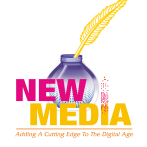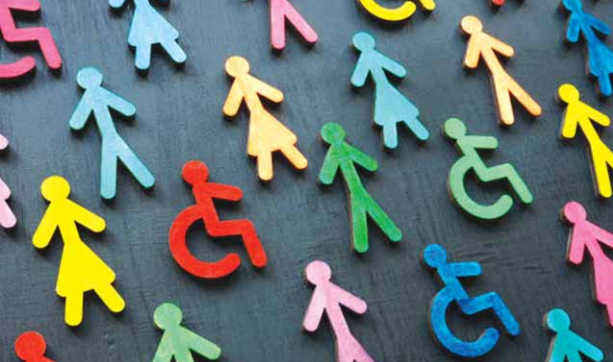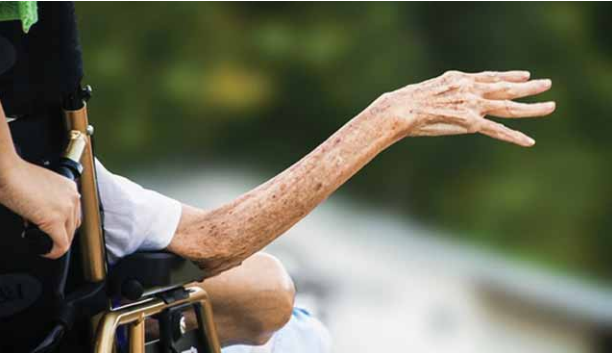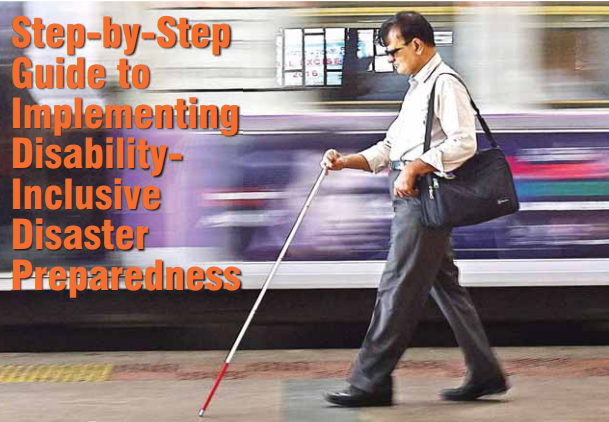Inclusive disaster management starts with the right knowledge and tools. For policymakers, emergency responders, community leaders, and advocates, understanding the unique needs of persons with disabilities during emergencies is crucial — but knowing where to find reliable resources can be just as important.
This article curates a comprehensive toolkit of top resources designed to enhance disability inclusion in disaster preparedness and response. From global guidelines to practical checklists, training manuals, and innovative tech solutions, these resources offer valuable insights to help build safer, more inclusive communities. Whether you’re crafting a new preparedness plan or strengthening existing strategies, this toolkit is your guide to making inclusion a reality when it matters most.
Introduction
Disasters magnify inequalities, and persons with disabilities (PwDs) often bear the brunt of systemic exclusion. From inaccessible evacuation routes to communication barriers, the challenges are vast—but so are the solutions. This article curates a global toolkit of resources, tools, and organizations dedicated to advancing disability-inclusive disaster risk reduction (DRR). Whether you’re a policymaker, responder, NGO worker, or advocate, these resources offer actionable guidance to ensure no one is left behind in emergencies.
1. International
Frameworks and
Guidelines
1.1 United Nations Office for Disaster Risk Reduction (UNDRR)
• Resource: Disability-Inclusive Disaster Risk Reduction Guidelines
• Description: A comprehensive guide aligning DRR strategies with the UN Convention on the Rights of Persons with Disabilities (CRPD).
• Key Features: Checklists for inclusive planning, case studies, and policy templates.
• Provided by: UNDRR Disability Inclusion

1.2 Sendai Framework for Disaster Risk Reduction (2015–2030)
• Resource: Priority 4: Enhancing Disaster Preparedness
• Description: The first global framework mandating PwD participation in DRR.
• Key Features: Guidelines on accessible early warning systems and community engagement.
• Provided by: Sendai Framework
1.3 World Health Organization (WHO)
• Resource: Disability-Inclusive Emergency Preparedness and Response
• Description: Technical guidance on accessible healthcare and evacuation during disasters.
• Key Features: Protocols for assisting PwDs with mobility, sensory, and cognitive disabilities.
• Provided by: WHO Disability Toolkit
2. Government Agencies and National Policies
2.1 National Institute of Disaster Management (NIDM), India
• Resource: Guidelines on Disability-Inclusive Disaster Risk Reduction
• Description: India’s pioneering policy framework for accessible shelters, alerts, and training.
• Key Features: Case studies from Odisha and Kerala, accessible infrastructure checklists.
• Provided by: NIDM Guidelines
2.2 Federal Emergency Management Agency (FEMA), USA
• Resource: Office of Disability Integration and Coordination (ODIC)
• Description: Ensures ADA compliance in U.S. disaster response.
• Key Features: Training modules, accessible communication tools, and evacuation planning guides.
• Provided by: FEMA ODIC
2.3 Japan International Cooperation Agency (JICA)
• Resource: Disability-Inclusive DRR Projects
• Description: Supports accessible infrastructure in disaster-prone countries like Nepal and Indonesia.
• Key Features: Universal design standards for shelters, earthquake-resistant wheelchair ramps.
• Provided by: JICA Disability Inclusion
3. NGOs and Advocacy Organizations
3.1 CBM Global Disability Inclusion
• Resource: Inclusive Humanitarian Action Toolkit
• Description: Practical tools for NGOs to mainstream disability in disaster response.
• Key Features: Accessibility audits, inclusive needs assessments, and PwD engagement strategies.
• Provided by: CBM Toolkit
3.2 Disability Rights Fund (DRF)
• Resource: Grassroots Advocacy Grants
• Description: Funds disability-led initiatives in disaster preparedness.
• Key Features: Supports projects in 10+ countries, including India and Bangladesh.
• Provided by: Disability Rights Fund
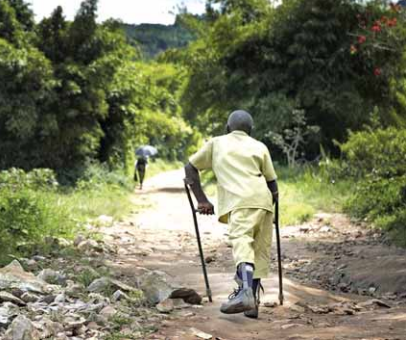
3.3 National Centre for Promotion of Employment for Disabled People (NCPEDP), India
• Resource: Accessible India Campaign
• Description: Advocates for disability-inclusive infrastructure and policies.
• Key Features: State-wise accessibility audits, disaster preparedness workshops.
• Provided by: NCPEDP
4. Tools and Technologies
4.1 SAMBHAV App (India)
• Developer: National Institute of Disaster Management (NIDM)
• Features: Customizable alerts (text-to-speech, sign language), GPS-enabled evacuation routes.
• Use Case: Guided 5,000+ PwDs during the 2023 Assam floods.
• Provided by: SAMBHAV App
4.2 IncluTech AI Sign Language Interpreter
• Developer: Kochi-based startup IncluTech
• Features: Real-time sign language translation for disaster hotlines.
• Use Case: Reduced miscommunication by 90% during Kerala floods.
• Provided by: IncluTech
4.3 RiskBot Predictive Analytics
• Developer: ISRO and NDMA (India)
• Features: AI-driven risk mapping for landslides, floods, and cyclones.
• Use Case: Enabled pre-emptive evacuations of 1,200 PwDs in Uttarakhand (2023).
• Provided by: RiskBot

5. Training and Capacity Building
5.1 Red Cross Red Crescent Climate Centre
• Resource: Disability-Inclusive DRR Training Modules
• Description: Free online courses for responders on inclusive techniques.
• Key Topics: Safe evacuation, trauma-informed care, accessible communication.
• Provided by: Red Cross Training
5.2 Global Disability Innovation Hub (GDI Hub)
• Resource: Disability-Inclusive Innovation Labs
• Description: Workshops co-designed with PwDs to prototype disaster tech (e.g., vibrating alerts).
• Key Feature: Partnerships with universities and tech giants like Google.
• Provided by: GDI Hub
5.3 ASEAN Disability Forum
• Resource: Regional DRR Training Network
• Description: Builds capacity across Southeast Asia through peer learning and toolkits.
• Key Feature: Focus on women and children with disabilities.
• Provided by: ASEAN Disability Forum.
6. Funding and Grants
6.1 Global Facility for Disaster Reduction and Recovery (GFDRR)
• Resource: Disability-Inclusive DRR Grants
• Description: Funds accessible infrastructure and tech in low-income countries.
• Eligibility: Governments, NGOs, and academic institutions.
• Provided by: GFDRR Grants
6.2 USAID Disability Fund
• Resource: Inclusive Disaster Preparedness Grants
• Description: Supports disability-led projects in disaster-prone regions.
• Key Focus: Southeast Asia, Sub-Saharan Africa, and Latin America.
• Provided by: USAID Disability Funding
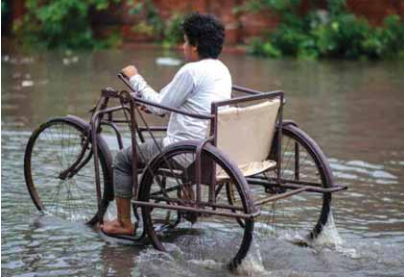
7. Community Networks and Forums
7.1 Disability Inclusive DRR Network (DiDRRN)
• Resource: Global Knowledge Exchange Platform
• Description: Connects 200+ organizations sharing best practices in inclusive DRR.
• Key Feature: Monthly webinars with PwD leaders and policymakers.
• Provided by: DiDRRN
7.2 Deaf Disaster Access Network (DDAN)
• Resource: Sign Language Resource Hub
• Description: Provides pre-recorded sign language alerts for floods, earthquakes, and fires.
• Key Feature: Open-source templates for NGOs and governments.
• Provided by: DDAN
7.3 National Association of the Deaf (NAD), USA
• Resource: Emergency Communication Toolkit
• Description: Guidelines for integrating sign language into disaster warnings.
• Key Feature: Case studies from Hurricane Katrina and COVID-19.
• Provided by: NAD Toolkit
Conclusion: Building a Culture of Inclusion Disability-inclusive disaster management is not a niche concern—it’s a universal imperative. From predictive AI tools to grassroots advocacy, the resources listed here empower stakeholders to transform policies into practice. As climate disasters escalate, collaboration between governments, NGOs, and PwDs themselves will determine whether we rise to the challenge or repeat past failures. Let this toolkit be your first step toward a future where resilience knows no barriers.
